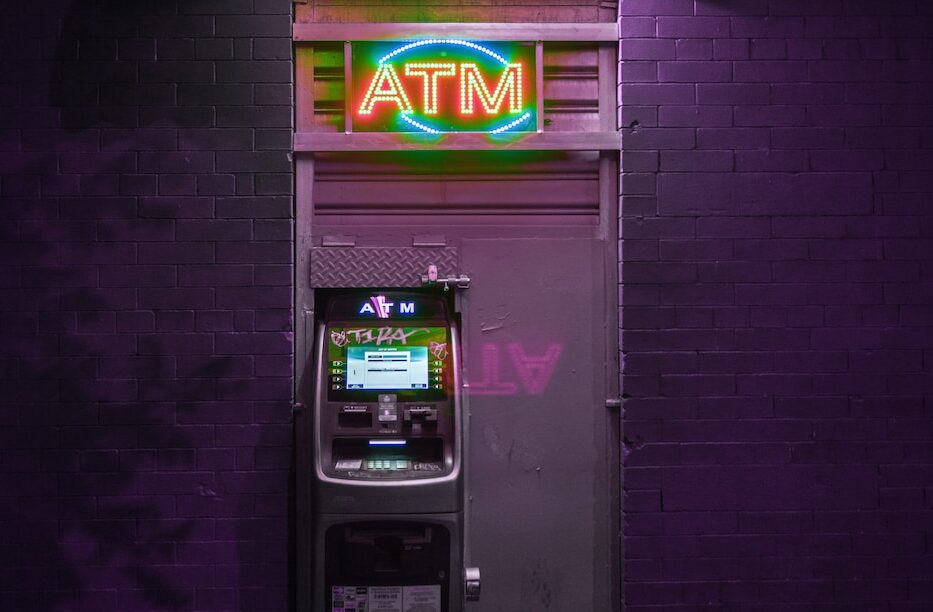Share this article with your network of friends!
For seniors, a trip to the bank can be an essential part of managing finances and staying connected with their financial institution. However, it is crucial for seniors to prioritize safety and awareness during these visits, as they may be susceptible to potential risks and scams. In this article, we provide senior citizens with valuable tips and best practices to ensure seniors banking safety and promote financial well-being when making trips to the bank.
1. Plan Ahead:
Before heading to the bank, take a moment to plan your visit. Know the purpose of your trip and gather all necessary documents or items you might need, such as identification, account numbers, and deposit slips. Having everything prepared can help streamline your visit and minimize the time spent at the bank.
2. Choose Safe Hours:
Opt for visiting the bank during normal business hours when the branch is busy and well-staffed. Avoid going to the bank during late evenings or weekends, as these times may have fewer people around, potentially making you more vulnerable.
3. Avoid Flashing Cash:
Carrying large sums of cash can attract unwanted attention. Instead, opt for using electronic payment methods or withdrawal services provided by your bank. If you must withdraw cash, do so in small amounts and securely store it in your wallet or purse.
4. Protect Personal Information:
Be cautious when sharing personal or financial information. Avoid discussing sensitive matters in public areas of the bank or on your phone, as nearby individuals may overhear important details.
5. Be Mindful of Scams:
Beware of unsolicited phone calls, emails, or messages from individuals claiming to be bank representatives or requesting personal information. Legitimate banks will never ask for sensitive details like your Social Security number or account passwords via phone or email.
6. Use Official Bank Channels:
When interacting with your bank, use official channels such as the bank’s website, secure mobile apps, or the branch itself. Refrain from clicking on links or providing personal information through emails or text messages, as these may be phishing attempts.
7. Review Bank Statements Regularly:
Stay vigilant by regularly reviewing your bank statements for any suspicious transactions. Report any unauthorized or fraudulent activity to your bank immediately.
8. Protect Personal Identification Numbers (PINs):
Keep your PINs and passwords confidential and avoid sharing them with anyone. Memorize your PINs instead of writing them down and store them separately from your cards.
9. Request Assistance if Needed:
If you require assistance at the bank, do not hesitate to ask a bank staff member for help. They are there to assist and ensure your banking experience is safe and smooth.
Conclusion:
Bank visits are an essential part of managing finances for seniorss. By prioritizing safety and awareness, seniors can navigate their trips to the bank with confidence and protect themselves from potential risks and scams. Following these guidelines, such as planning ahead, avoiding flash cash, and protecting personal information, will help ensure a secure and informed banking experience. By being vigilant and proactive, senior banking safety can safeguard their financial well-being and maintain peace of mind during their interactions with their financial institutions.
DISCLAIMER: This website contains articles for informational and entertainment purposes only. No articles on this website should be considered as professional advice for any medical, legal, or financial matter. Advertisements and content may contain affiliate links, where the website earns a commission for sales derived from our users.





